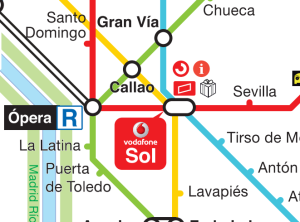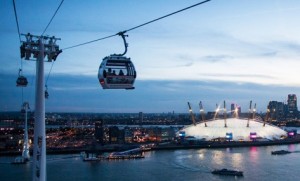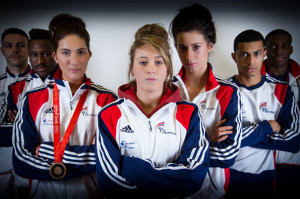
Is this not old news? The Evening Standard’s article: Goalposts shift as sponsorship game turns more complex?
2nd February, 2014
It was refreshing to read a sponsorship article in a national paper that did not have to do with how much a brand paid for their recent premier league football kit deal. However what surprised me was not the content of the article in question, but the amount of tweets that included the words “fascinating” and “amazing” from those working in the sponsorship industry that followed.
For those of you who haven’t read it, the article outlines how the advancement of marketing technology has shifted how brands communicate to their audiences. With Barclays pulling out of Boris Bikes and Vodaphone’s recent announcement of dropping F1 to launch their Firsts programme, this is clearly becoming big news. However, this should not be a surprise to those in the industry as it has been going on (albeit in smaller incubator-type projects) for awhile.
This shift is the reason I launched Slingshot and despite these large budgets being pulled out of single properties, I echo chief executive of M&C Saatchi Sport and Entertainment Steve Martin’s comment as we too, “have never been busier”. This is because sponsorship still remains the best way to engage with audiences by creating emotional engagement beyond traditional advertising.
In the past four years, Slingshot has worked with a number of brands who have slowly been siphoning budget out of their larger media–based sponsorships into tester projects that have deeper engagement, allowing their internal teams the opportunity to become more creative with the rights they purchase. Our results have enabled our clients to prove the value of this type of sponsorship (away from badging into engagement) against what they have previously been doing, driving larger budgets into more innovative projects year on year.
The drive for brands to innovate is leading this shift and in reference to the article’s ‘earned’ vs ‘paid’ media argument, there remains a great opportunity for the sponsorship industry. As noted in the article, it is now becoming easier for brands to create their own platforms; however, the cost and typically the lack of direct knowledge in these areas significantly increases the risk. Sponsorship can support this drive and really is what sponsorship should be about – working collaboratively to create something unique through the synergy of two of more organisations. With these types of sponsorships, the lines between rights holder and sponsor become blurred as the benefits derived from both are not just equal, but significant.
This is only the beginning of what will inevitably become a major shift in the traditional sponsorship model.





